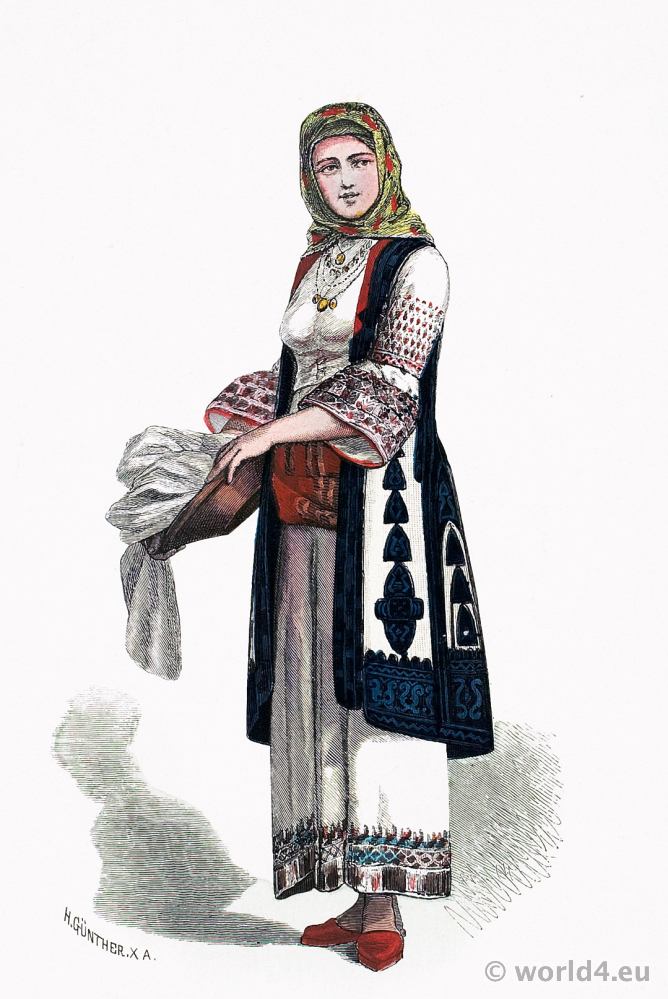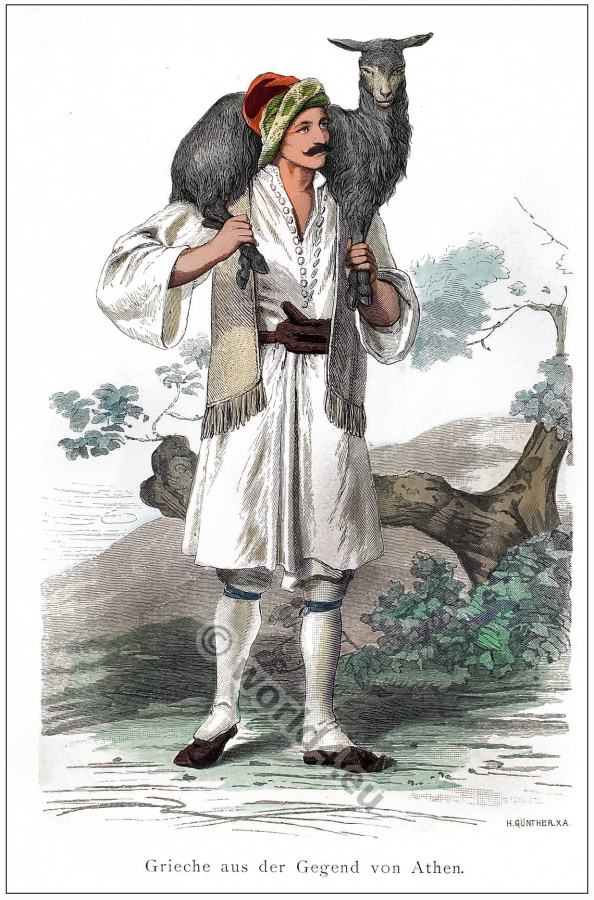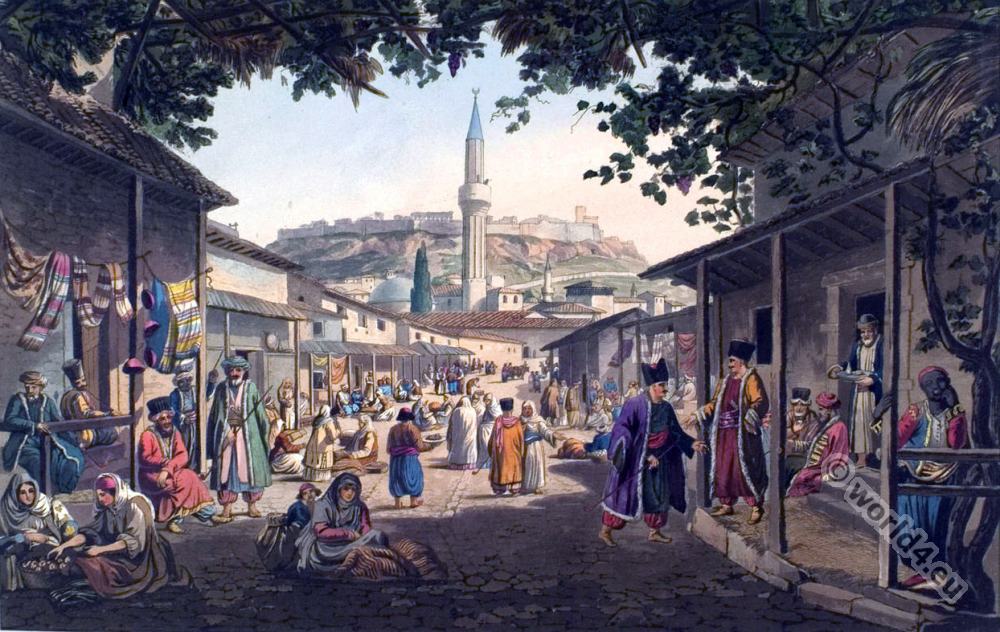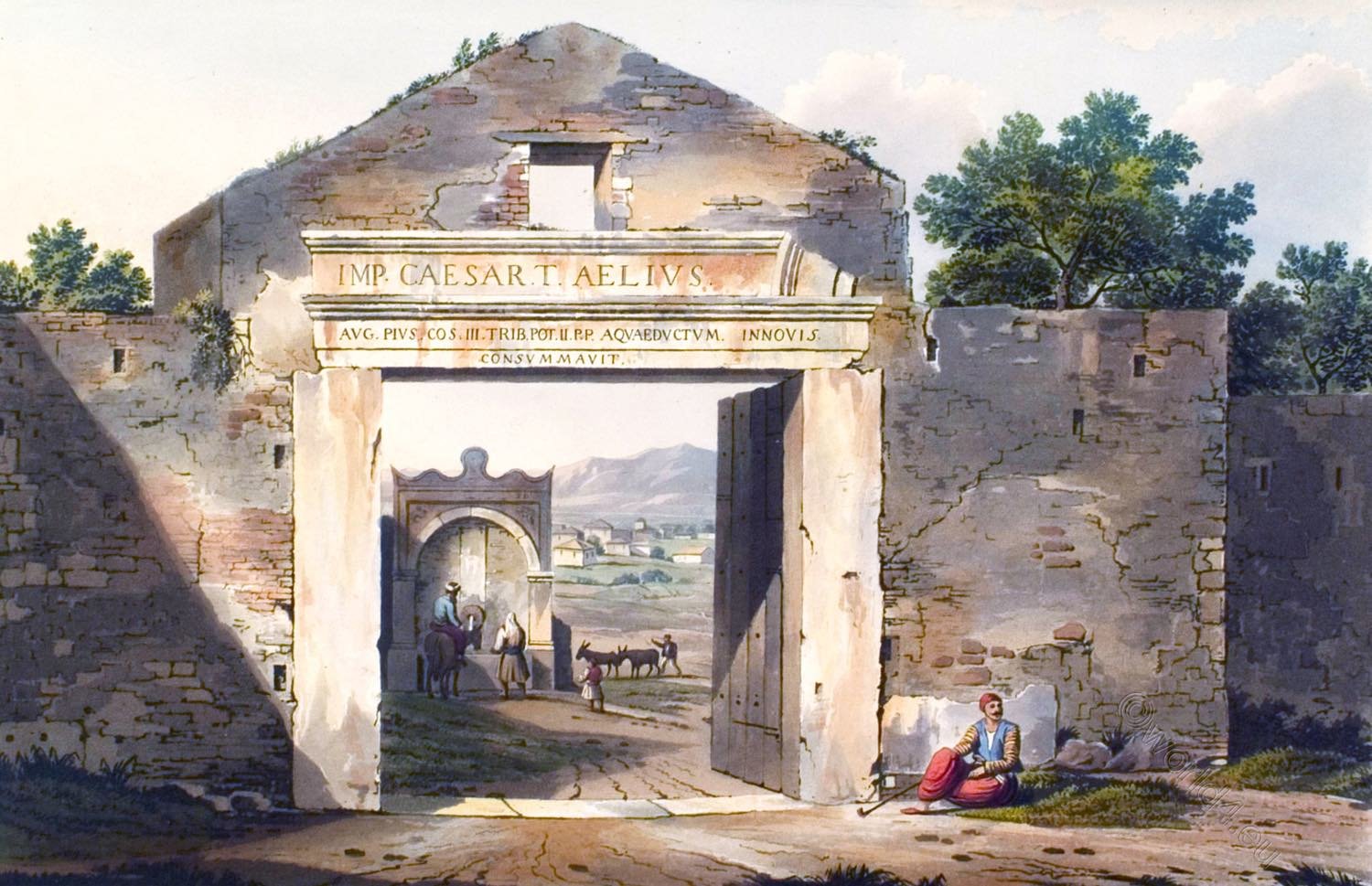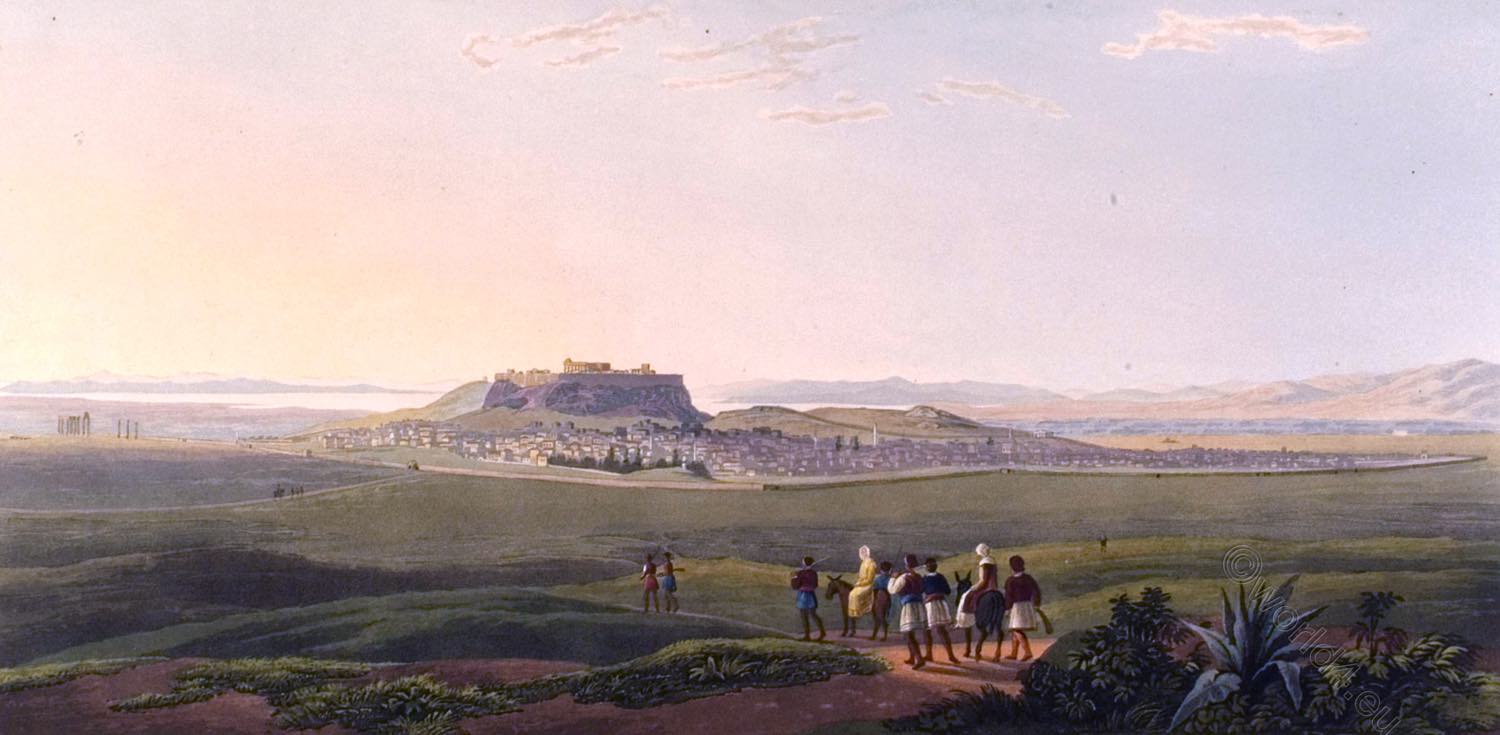The Olympieion (also Columns of the Olympian Zeus) in Athens was one of the largest temples in ancient Greece. Its construction dates back to the 6th century BC, but it was only completed under the Roman Emperor Hadrian in the 2nd century AD. The Olympieion is located about 500 m east of the Acropolis.
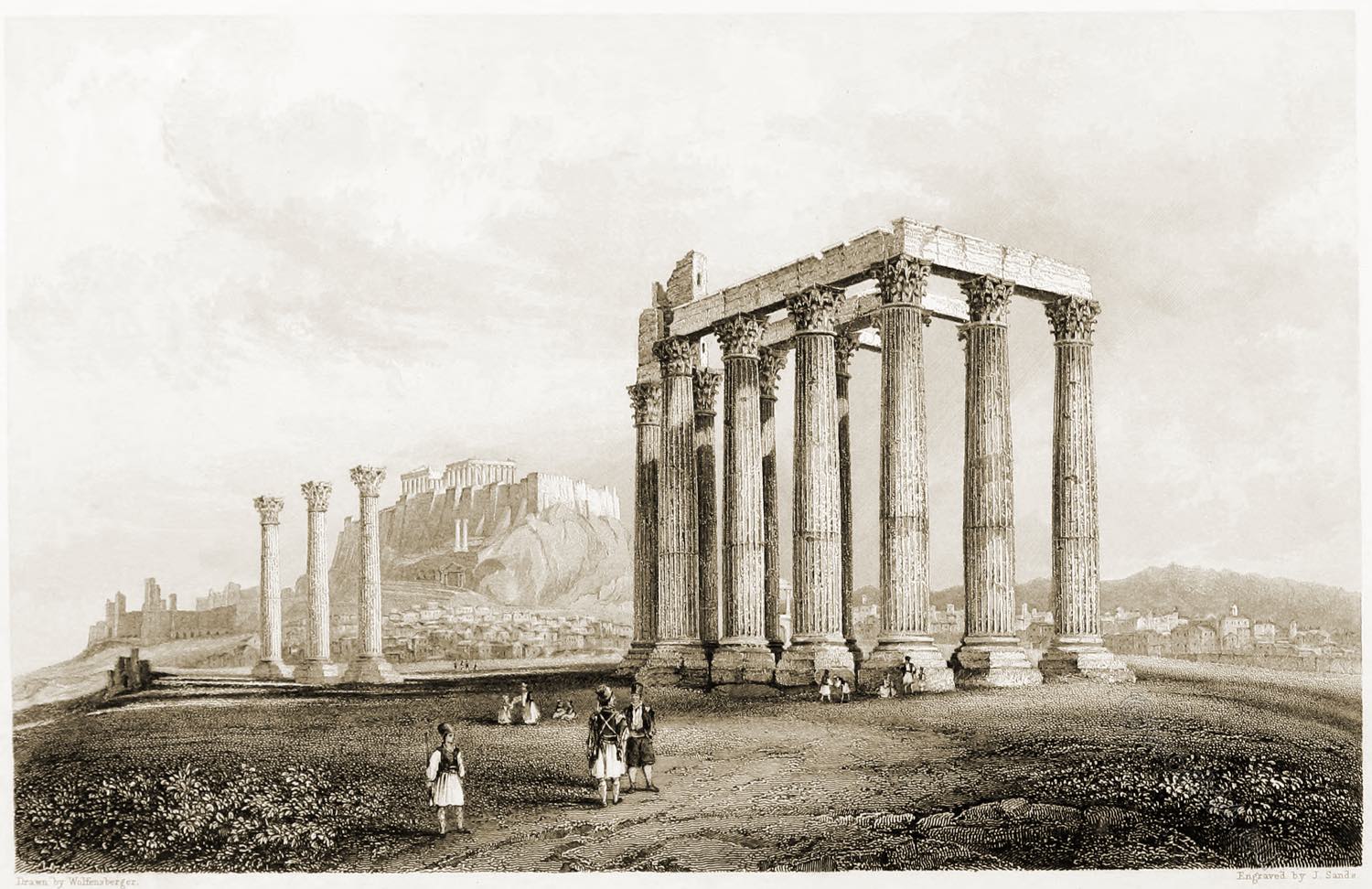
THE TEMPLE OF JUPITER OLYMPIUS.
Athens.
Here, son of Saturn! was thy fav'rite throne: Mightiest of any such! Hence let me trace The latent grandeur of thy dwelling-place. It may not be: nor ev'n can Fancy's eye Restore what Time hath labour'd to deface. Yet these proud pillars claim no passing sigh; Unmoved the Moslem sits, the light Greek carols by." Byron Childe Harold’s Pilgrimage ii.10
The Olympieion
From the parched and arid plain of Athens rise the majestic columns of the Olympieion, a temple dedicated to the Olympian Jove;—their elevation and desolateness exciting the highest ideas of the grandeur of the ancient Greeks, and the most humble as to the permanence of human power, or of national supremacy. Fabulous history ascribes the foundation of this vast design to Deucalion; but Aristotle, who compares it to the pyramids of Egypt, is followed by Suidas and Vitruvius in giving that honor to Pisistratus. The fate of this vast temple furnishes an interesting moral; it was the most extensive design at Athens, perhaps, too, the earliest, and its progress and its destiny were similar and simultaneous with those of the Athenian state.
While that ancient republic flourished, the building of the Olympieion proceeded; but the consummation of both, being perhaps too much tinctured with worldly pride, never arrived. When the Romans conquered Greece and abolished liberty, they renewed the suspended works, and are believed to have finished the building. Begun in the year before Christ 530, it was not completed until the year 145; although we are told that many kings and potentates vied with each other in the munificence of their contributions for that purpose. Amongst the most celebrated of its patrons were Perseus, the last king of Macedon; Antiochus Epiphanes, Augustus, and, lastly, the Emperor Adrian, by whom it was dedicated. *) It is of this noble building that Plutarch observes, when speaking of its unfinished state, “As Athens perfected all her temples but that of the Olympian Jupiter, so Plato left only his greatest work, concerning the Atlantic island, incomplete.”
*) See Plutarch, Livy, Strabo, Suetonius, Vitruvius, &c.
It is probable that the beauty and grandeur of this temple constituted Adrian’s chief inducement to found here his Adrianopolis to the east of old Athens; all traces of which, the arch excepted, have totally disappeared, while many of the columns, that had been set up nearly seven hundred years before, still remain.
The original design of this stupendous work consisted of one hundred and twenty-four large columns, and twenty-six of less dimensions, within the cell. The peristyle of the latter was formed of twenty lateral and ten frontal columns, and that of the exterior was double at the sides, and quadruple at the pronaos and the posticum. The entire length of the building was 300 feet, its breadth 170, the foundation consisting of soft Piraen stone, and the whole design occupied the centre of a plateau supported by buttressed walls, the extent of which was about 2500 feet. Sixteen noble columns form the chief remains of this great triumph of ancient art; they rise to a height of sixty feet, have a diamster of six and a half feet; and the capitals, which, however, vary in their ornaments, are in the Corinthian order.
The columns are not monolithal, but composed of blocks of such dimensions that their position elevates our notions of ancient mechanism. Each capital includes two large blocks, and each shaft several frusta. The entasis, or swelling of the column, is scarcely perceptible, like those of the Parthenon and Theseion, and the flutings are much effaced by age and weather. Part of the architrave also is shaken, and the blocks disturbed, perhaps by an earthquake, and further dilapidation may be yearly expected.
On the architrave of the two western columns is a brick building, now inaccessible, in which a disciple of Simon Stylites, of Chaquemire, once took up his abode. No staircase is now visible, nor any accumulation of ruined masonry, by means of which the aerial cell can be attained. The complete absence of superincumbent soil, or of ruined work, leaves no hope of future interesting discovery, and excites the highest astonishment at the manner in which the parts of this stupendous edifice could have so completely vanished. Pliny leads his readers to suppose that some of the columns had been removed to Rome by Sylla the Dictator; but this monstrous proposition, and the infirm quality of the stone of which the columns are formed, Pentelie marble, renders it more probable that it was the cella of the temple which the conquerors plundered.
Four detached columns stood to the westward of the principal remains; of these, one was undermined and blown up by a voivode of Athens, to procure materials for building a mosque in the bazaar. For this iniquitous conduct he was subsequently fined 8500 piastres by the Pasha of AEgripos, that the civilized countries of Europe might acquit the Moslem government of such barbarity. The Athenians say, that after the fall of this lofty column, moans were heard to issue, at night, from the three remaining sisters; nor did the melancholy sounds subside until it was known that the sacrilegious voivode had been taken off by poison.
In the accompanying view, the group of sixteen columns forms the principal subject; the three detached ones appear towards the left, near to the Arch of Adrian, and the Acropolis occupies the distance.
Source: The Rhine, Italy, and Greece in a series of drawings from nature by George Newenham (1790?-1877). London: Fisher 1841.
[wpucv_list id=”136457″ title=”Classic grid with thumbs 2″]Continuing
Discover more from World4 Costume Culture History
Subscribe to get the latest posts sent to your email.

